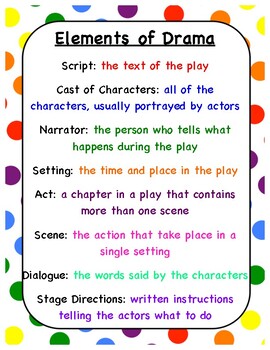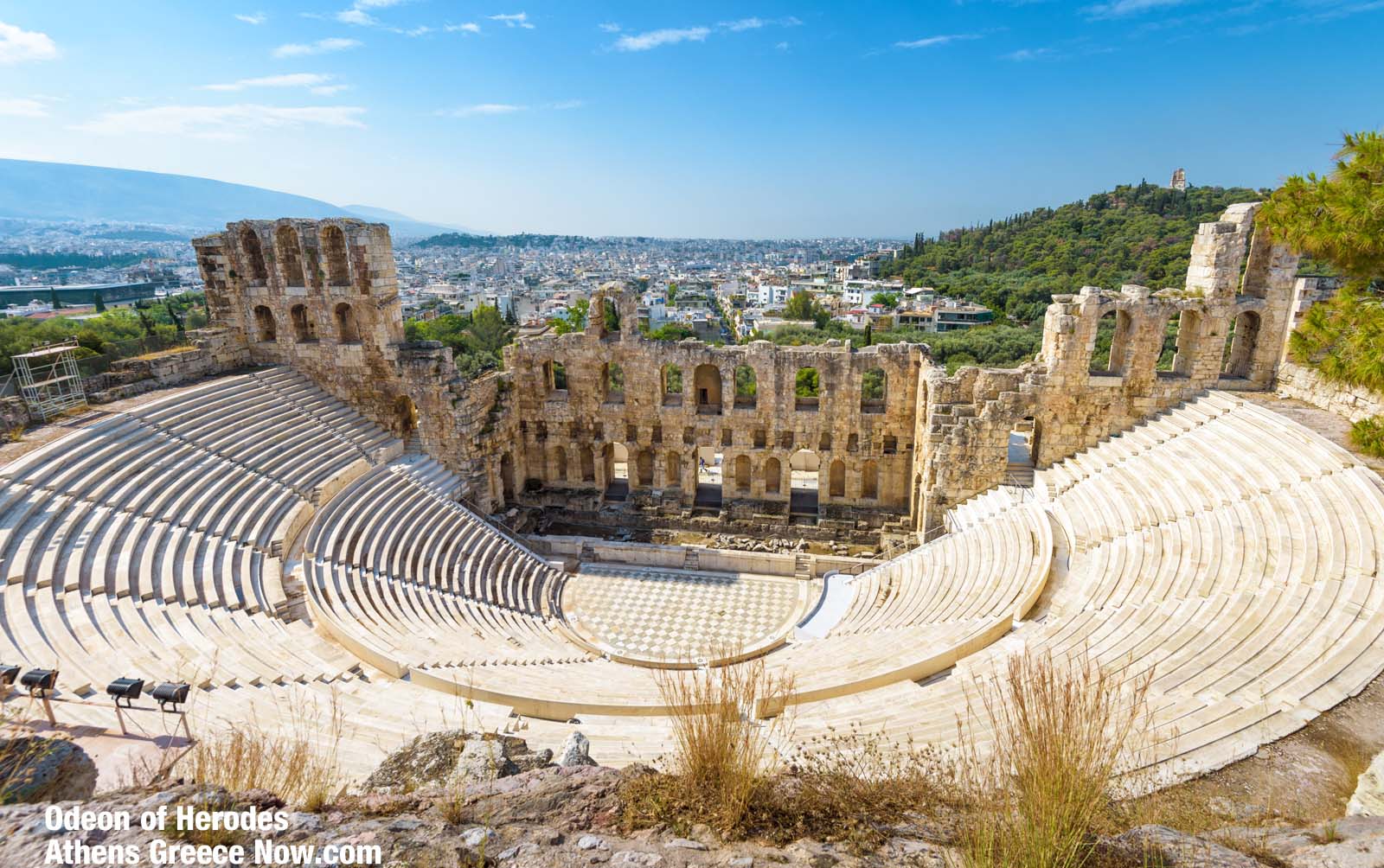During my teaching practice, I got to experience teaching students from different cultures. I have been teaching in Guatemala, so the Maya, Garifuna, and Ladino cultures have been the cultural backgrounds I´ve dealt with. However, I also had the experience of working in an international school here in the country where most of the students were Korean and Arabic native speakers; they were learning Spanish, so English was the official language we used to speak every day.
According to my experience, I think that the most relevant factor in teaching in a multicultural language classroom is that everybody can learn about each culture but also use culture as a learning tool to facilitate the English Language as a second or third language making students feel comfortable and self-confidence about their background and encourage them to share it with their classmates and teachers proudly.
However, it is also a challenge for the teachers since they must promote an inclusive, respectful and tolerant environment so that every student feels welcome and integrated into the group, as well as learning collaboratively.
Some of the multicultural inclusion activities that I performed successfully with my students were games, role plays, reading clubs, cooking day, morning meetings, art activities, and a Gastronomy Festival in which parents collaborated to cook traditional dishes with their sons and bring them to the school so everybody can taste them and learn about the culture among others.
Due to Guatemala's history, there are discrimination and racism issues nowadays, so it is necessary to educate children under a core values frame to they understand that culture is a part of the identity of each person so they can appreciate it, learn from it, and expand their vision of the world they got.




















